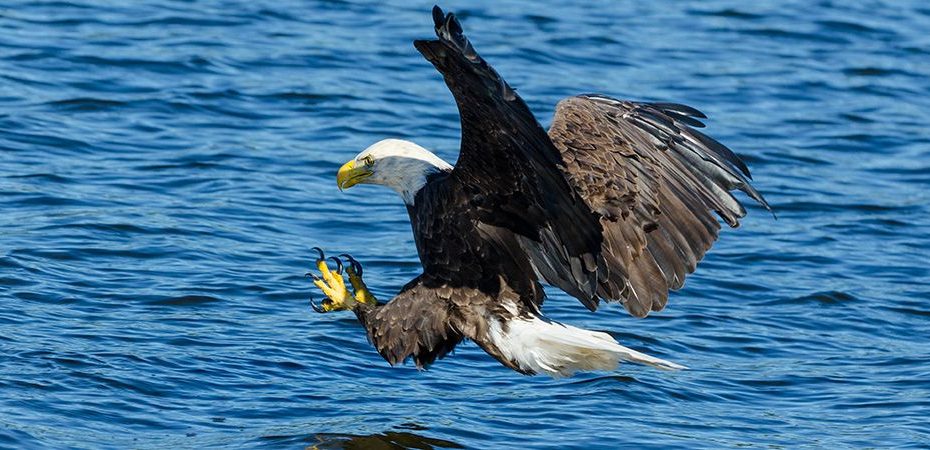In its final report, the Truth and Reconciliation Commission of Canada called on governments, educational and religious institutions, civil society groups and all Canadians to act on the 94 Calls to Action it identified to redress the legacy of residential schools and advance reconciliation.
Adopting and implementing the United Nations Declaration on the Rights of Indigenous Peoples (UNDRIP) is one of those actions. UNDRIP recognizes “the urgent need to respect and promote the inherent rights of Indigenous peoples which derive from their political, economic and social structures and from their cultures, spiritual traditions, histories and philosophies, especially their rights to their lands, territories and resources”.

In the spirit and practice of reconciliation, Ontario Nature and Grand Council Treaty #3’s (GCT3) Territorial Planning Unit have agreed to work together to address our shared interest in engagement and protection of Aki (the land) and Nibi (the water) and all the life-givers in the Treaty #3 traditional area.
In spring 2021, the Territorial Planning Unit and Ontario Nature signed a Memorandum of Understanding that outlines:
- How we will work together to advance conservation and the protection of lands and waters in Treaty #3;
- Share our expertise on federal and provincial legislation and policy; and
- Minimize or eliminate the impacts of natural resource extraction on life-givers and their habitats.
[Insert image]

Indigenous governance, primarily guided by a Nation’s ‘Resource Laws’, is vital to the protection of Aki, Nibi and all beings that are part of creation. The mandate of GCT3 Territorial Planning Unit (Zhaagimaa Waabo) is fundamentally guided by Manito Aki Inakonigaawin (Treaty 3’s Great Earth Law), and includes policy development, resource-based planning, co-management, and technical expertise and programming.
This collaborative approach is needed now more than ever. Recent provincial legislative changes and resultant policy development continue to push towards resource development to counter economic losses during the past 18 months of COVID-19 restrictions. To ensure Nation to Nation relationships, Treaty rights and environmental rights are respected we must adhere to principles of Manito Aki Inakonigaawin and collaborative decision making.
The list of legislative changes is long and interconnected. The most prominent bills that pave the way to increased resource development include:
- Bill 197, COVID-19 Economic Recovery Act, 2020
- Bill 222, Ontario Rebuilding and Recovery Act, 2020
- Bill 229, Project Support and Recovery from COVID-19 Act (Budget Measures), 2020
- Bill 257, An Act to enact the Building Broadband Faster Act, 2021
[Insert image]

Individually and collectively, the precedents set out in these bills are changing the landscape of environmental protection that may impact Indigenous rights. It is time to recognize the jurisdictions of Indigenous nations and laws to strike a balance in proposed development. While Indigenous communities see the benefit from improving infrastructure in the region, there is a balance to be had in a symbiotic relationship with Mother Earth. Many Indigenous communities and environmental groups throughout Ontario have provided comments and input on the legislative changes by voicing concerns publicly and, in some cases, initiating legal action.
Because of these shared values in moving forward Indigenous governance mechanisms, it is a natural fit for Ontario Nature to support the efforts of the Territorial Planning Unit and their jurisdiction related to resource-based developments. Through guidance of Manito Aki Inakonigaawin in forestry, mining, energy, nuclear waste, and transportation in their traditional territory, we can ensure development and environmental protections move forward together. Ontario Nature will support Treaty #3’s environmental priorities by sharing expertise in environmental policy, and a network of scientific and local experts. Treaty #3 will support Ontario Nature’s work by sharing on-the-ground expertise and applications of Indigenous knowledge.

Michelle Shephard works for Grand Council Treaty #3 as their Regulatory Specialist with a background in conflict resolution and natural resource management.

Julee Boan is Ontario Nature’s Boreal Program Manager. Based in our Thunder Bay office, she works collaboratively with local conservation groups, First Nations, and industry to seek environmentally responsible approaches to economic development in northern Ontario.
